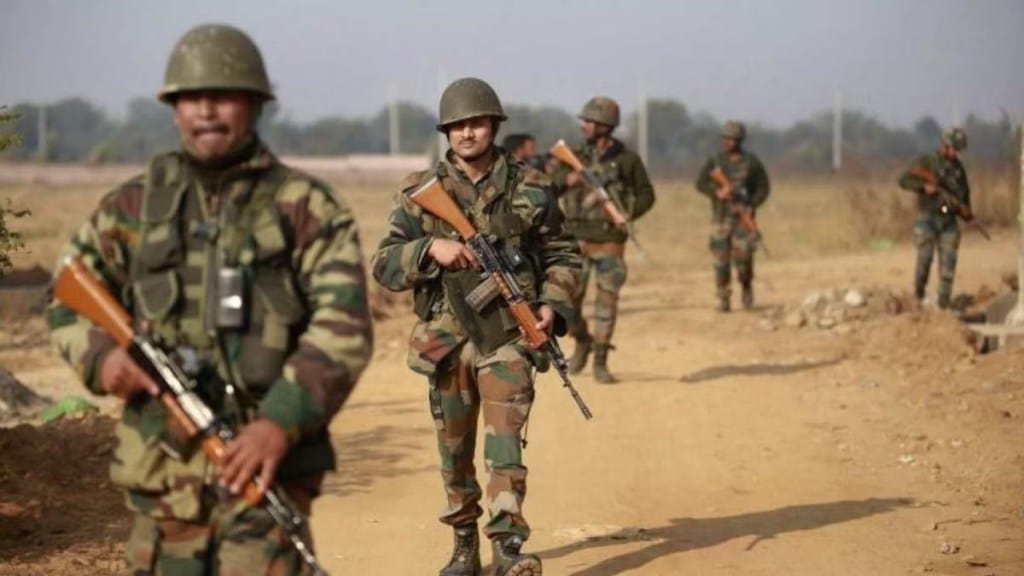Amidst the ongoing Israel-Hamas war, the Indian Army has been vigilant in its efforts to secure the country’s borders from potential threats, including the emergence of unconventional and innovative tactics by terrorist organizations.
The rise of drones as a potential threat has prompted the Indian Army to consider various countermeasures to prevent not only drone incursions but also the infiltration of terrorists via paragliding from across the Line of Control (LOC). The evolving landscape of security concerns necessitates a strategic approach, which combines technology, intelligence, and international cooperation.
Addressing the Drone Threat
Sources in the defence and security establishment told Financial Express Online that the Indian Army has already taken steps to address the drone threat, recognizing that effective measures to identify and counter drones are essential.
It has been reported earlier that the use of drones for espionage, surveillance, and even payload delivery has added a new dimension to national security. “With this in mind, counter-drone measures have been established and are continually being refined.”
Identifying Para Gliders
Para gliders, while not as common a threat as drones, require unique countermeasures. “Currently, some short-range radars have been deployed to monitor lower altitudes, which can potentially detect low-flying paragliders,” sources quoted above added.
What are the limitations?
However, according to a security expert who wished to remain anonymous, these systems have limitations, and it is crucial to recognize that no radar can pick up a para glider flying just a few hundred feet above the ground.”
How to meet this challenge?
“To address this challenge, it becomes imperative to enhance human intelligence (HUMINT) capabilities. By closely monitoring the activities of para gliders and their possible acquisition from international sources, the Indian Army can proactively detect and deter such threats,” the security expert stated.
Adding, “This demands an intelligence-focused approach to stay one step ahead of potential infiltrators.”
Coordination and Intelligence Sharing
According to the expert, coordination among various security agencies and effective intelligence sharing are critical components of national defense.
To protect India’s borders, “the Border Security Force (BSF) posts along the border and the army posts along the Line of Control (LoC) must be well-prepared and briefed to respond to paragliding attacks. Regular drills and rehearsals are essential to ensure the swift and coordinated response of these forces,” explained a senior officer.
In addition to strengthening domestic coordination, the Indian Army should also consider enhancing international collaboration. “As terrorism knows no boundaries, India should actively engage with its neighboring countries and international partners to share intelligence and information regarding potential threats,” suggested a former diplomat.
This multilateral approach can help in countering threats that may originate beyond Indian borders.
The Way Forward
In an ever-evolving landscape of security challenges, staying ahead of potential threats is an ongoing process. The Indian Army has demonstrated its commitment to safeguarding the nation against unconventional tactics like para gliding by deploying short-range radars and enhancing its counter-drone capabilities. Nevertheless, it is crucial to acknowledge that there are inherent limitations to technology.
To create a more comprehensive defense strategy, the Indian Army should focus on bolstering its HUMINT capabilities, closely monitoring the activities of potential para gliders, and cooperating with international allies to share critical intelligence. Such an approach would ensure that India remains well-prepared to confront emerging threats, even when they take to the skies.
